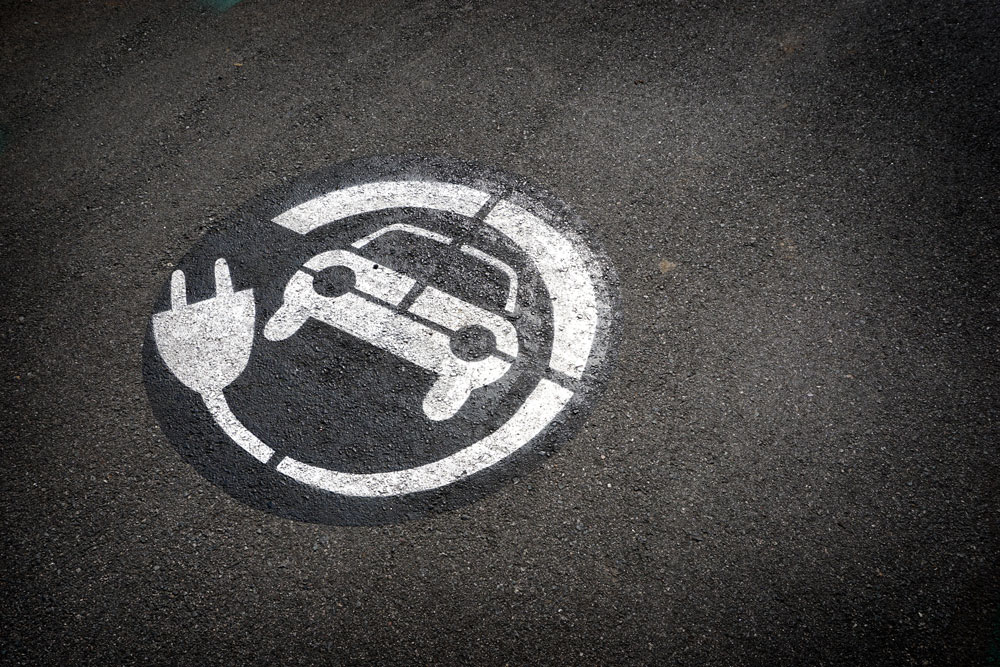Public charge point regulations: what do they mean?

The Public Charge Point Regulations 2023 will mean better reliability, clearer pricing, easier payments, and open data. Those are the headlines, but how will this actually work? James Court, CEO of EVA England, unpicks the details.
After months of hyperbolic, misleading and negative headlines, things for EV drivers are about to change for the better after a government announcement which garnered little to no press.
In fairness, the Public Charge Point Regulations 2023 may not sound like huge news, but they will transform the industry in a handful of positive ways. It will mean better reliability, clearer pricing, easier payments, and open data which could unlock massive potential for map and app developers.
Those are the headlines, but how will this actually work? Firstly, it’s worth noting that these regulations will only apply to public charge points, and it’s easier to define what this means by what is not covered.
The obvious one is that these regulations do not apply to charge points under 8kw, they also don’t apply to workplaces intended solely for employees. They don’t cover charge points that are restricted for exclusive use residents, visitors or specific occupations, and finally, they don’t apply to charge points for specific manufacturers. This means the Tesla network is not included, other than the dozen or so sites Tesla have opened to the wider public.
Moving on to what the regulations will mean once they come into force in October/November.
Reliability
Possibly the most contentious issue, certainly for the Charge Point Operators (CPOs), is that of the 99 per cent reliability target. The finer points of this regulation are yet to be decided, but the main point is that each year, a CPO’s rapid charge point network (above 50kW) must achieve 99 per cent average reliability.
Reliability is based on the charger’s status, which will be classified into three categories: Reliable, Not Reliable, or Exempt for Measurement.
The reliability calculation considers the percentage of downtime minutes in a year minus the minutes that are exempt. This should be relatively straightforward, but there are issues over anomalous issues and grey areas.
However, it should be stressed that in the first instance, this should be more directed to those CPOs who regularly find their network reliability in the 70/80 per cent range. This simply isn’t good enough and hopefully they will be financially impacted enough to either fix up or move out. I’m sure the vast majority of EV drivers would prefer no charger to a roll of the dice.
These regulations will come in 12 months after the regulations are in place, so expected in Q3/4 2024 and will attract up to a £10,000 fine for networks not in compliance.
Payments
Contactless payments are by far the most preferred way to pay for most non-Telsa EV drivers (yes, we know the automated plug and charge is fantastic, but one step at a time for the rest of us.)
Mandating contactless will be a massive relief for many EV drivers, especially those who travel around the country and have previously had to have countless apps on their phones.
This change will come will cover all new public charge points above 8kW, and existing rapid charge points (above 50kW) 12 months from the date regulations are in force.
Roaming
The desire for all CPOs to offer roaming across more than one network may not be as pressing for most EV drivers once contactless is rolled out more widely, but for many readers of GreenFleet, roaming may still be the easiest way for employees or company car and van drivers to pay.
The regulations will promote the interoperability and payment roaming services to add an extra layer of accessibility within the next two years.
These regulations mandate that CPOs must ensure that a person using any of its charge points is able to pay using a payment service provided by a roaming provider.
It is worth noting that the roaming provider could include a direct partnership with another charging CPO leading to a number of closed roaming networks that fragment roaming options and are only created to fulfil this requirement. However, the hope is CPOs will comply with the spirit of the regulations. If not, it remains an option for the government to look at more stringent regulations, but the hope is there will be an industry solution that avoids overly prescriptive regulations.
24/7 Helpline
There is little worse for an EV driver than being stuck at a broken chargepoint without any way to fix the problem. These regulations will mean CPOs must offer a staffed telephone helpline, available 24/7, to assist EV drivers. The support line should be cost-free via an 0800 number, and the details of this helpline must be on display at the charging site for easy access.
While it doesn’t ensure the operator will be able to fix the issue, it should provide some help and will provide visibility to and enforce accountability for poor customer service.
Price transparency
These regulations will also bring in greater price transparency, and while most chargers have now adopted p/kWh, this will help standardise the whole market.
From this year, the total price for charging an EV must be prominently on display in pence per kilowatt-hour (p/kWh), either directly on the charge point or through a separate device. The separate device includes an app/website provided no sign-up is needed. This regulation ensures that EV drivers have a clear understanding of the cost before initiating a charging session, preventing nasty surprises.
In the case of bundled pricing (e.g. parking included), the equivalent price for charging must be on display in p/kWh. This does not need to include overstay fees and so they should still be an effective way to avoid people holding up chargers.
Open Data
This is possibly the thing I am most excited about, and could bring in innovation that transforms the charging experience for everyone.
The regulations require CPOs to hold and provide specific data related to public charge points. This includes accurate location data, reference data, and availability data. The CPOs will make this data publicly available for free in a standardised format.
By enforcing a particular standard and removing barriers to access data, this should enable EV drivers to more consistently get accurate information about chargers nearby and access third party tools.
Reference data refers to static information about a charge point such as location, connector types, pricing and parking restrictions. Whereas, availability data relates to whether the charge point is working and available to use.
It’s a requirement that CPOs update the charge point status within 30 seconds of a status change. This avoids operators providing old data that is not relevant or timely. By ensuring data is updated, this should provide EV drivers with more confidence that a charger is available.
If I was an entrepreneur, this is the area I would be looking at most keenly. Opening up the data for TfL revolutionised getting around London, and I hope we will see the same step change in charging information.
This will massively improve the mapping of charge points, as well as giving much more confidence in the status of a charger. It could also help in planning journeys and, in time, possibly automate routes and charging.
Once again Tesla drivers will be wondering what the big fuss is about, already having a near seamless user experience in this way, but bringing the Tesla experience to my Kia Niro will be a game changer.
EVA England have been campaigning for over two years to see these changes for our members, and I am delighted to see them finally announced.
If you would like to find out more about the regulations, about the work EVA England does for EV drivers, or to join as a member, please visit www.evaengland.org.uk.






